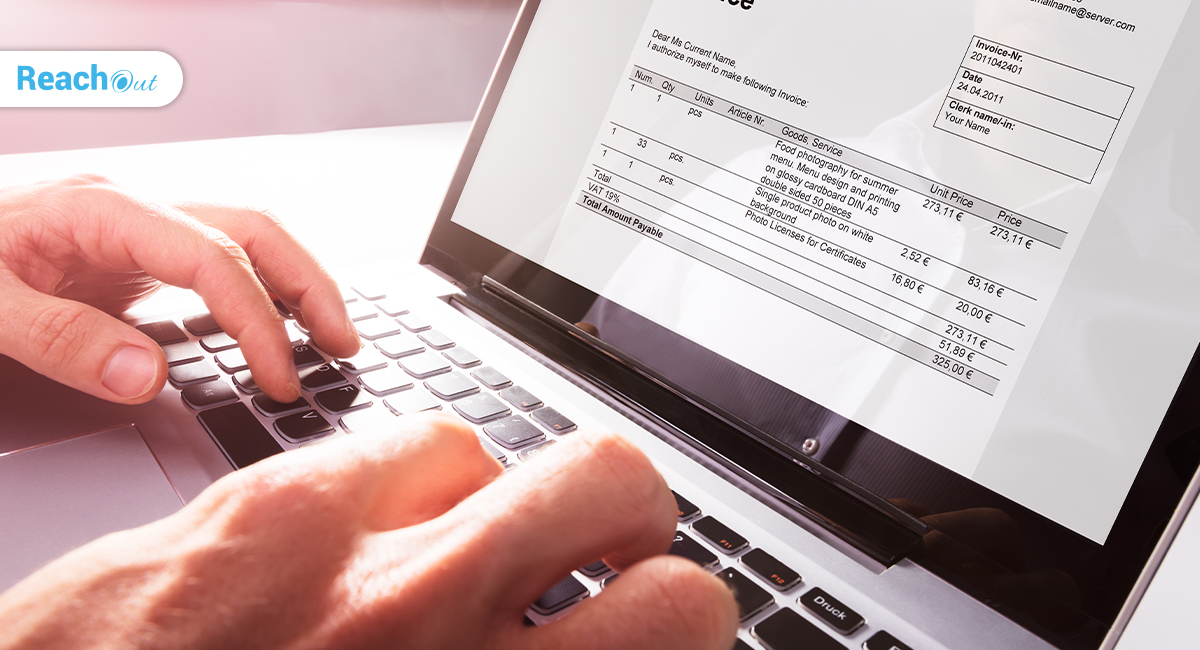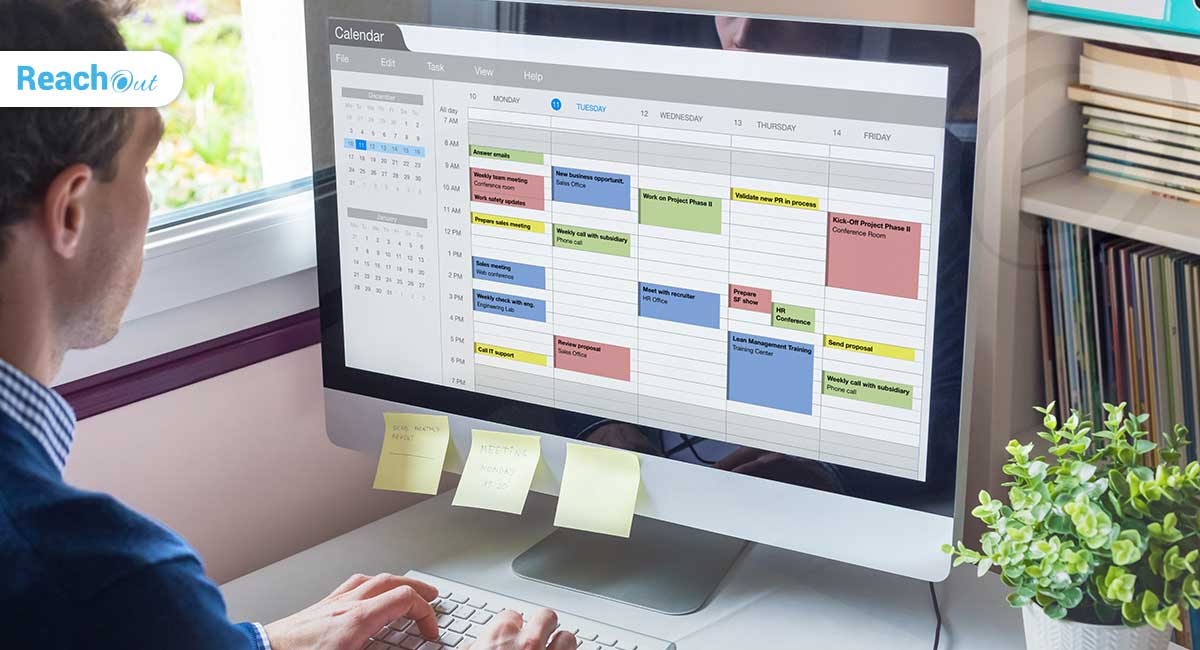
Invoicing usually indicates the completion of work. Service providers issue invoices to their customers after executing the work order. The invoice establishes the service done. It creates a legally enforceable account receivable from the customer to the business.
In an ideal world, the client pays up either immediately or within the time stipulated in the invoice. The timely collection of invoices creates a healthy cash flow for the enterprise. But the world is not ideal. Often, businesses encounter delayed payments and struggle with cash flow issues. Such cash flow issues may render the enterprise incapable of paying their suppliers and staff on time, leading to delays and low morale. The spillover effects retard customer satisfaction.
Why do clients delay payments? Some unethical customers take their service providers for a ride. A few customers may suffer from cash flow issues. But more often than not, the root cause of delayed payments is faulty, delayed, or even missed invoices from the service provider’s side. Here are the common invoicing mistakes and how automation offers a solution.
Read more: The Ultimate Guide to Invoicing for Field Service
Mistake #1: Incomplete information
Many enterprises send out incomplete invoices. This confuses the customer and delays the payment.
Ideally, an invoice includes:
- Company name, logo, and contact information. Also include the tax registration number, if applicable. When customers can contact the business easily for clarifications, they will pay early and trust the company more.
- A clear title with the word ‘Invoice.’ Highlight the word in large to avoid ambiguity. Many clients may mistake the document as an estimate or anything else.
- The invoice number, date of issuing the invoice, and the payment due date. Ideally, highlight the payment due date in bold. If payment is due instantly, write “immediately.” The invoice number keeps the invoices organized and makes retrieval easy.
- Name and address of the customer, and their tax registration number, if applicable.
- Description of services rendered, as numbered line items. Include unit rates, tax, and the total amount for each line item. If relevant, include a subtotal for each group of items or services. Describe each service in unambiguous terms, with associated costs.
- Total amount due, including taxes and discounts
- Payment terms. Keep payment terms clear and short. Offer multiple payment options, including cash, cheque, and online options. Include late payment penalties.
- Endnotes. At the bottom of the invoice, mention any service warranty, money-back guarantee, or other promises made to the customer. This is also a suitable space to add additional information, such as an upcoming seasonal deal, a referral program, or a review request. Add a thank you note as well.
The information needed for invoicing resides in different enterprise systems and databases. An automated field management suite gathers all information. It generates comprehensive invoices that co-opt all the required information.
ReachOut Suite auto-generates invoices. When field agents mark the work as complete in their smartphone app, the system auto-generates the invoice. The suite comes with integrators and APIs to pull data from enterprise systems and generate detailed invoices.
Mistake #2: Errors in Invoice
Invoicing mistakes are commonplace. Errors creep in due to:
- The difficulty in gathering information.
- Executives missing out on items because of their harried work demands.
- Copy-paste errors.
Often, enterprises miss out on a service executed and face revenue erosion. The net service may end up in a loss. Re-billing the customer after an audit reeks of unprofessionalism, and the matter may end up in dispute. Conversely, not including a promised discount or mixing up the work done for different customers annoys the customer. Most customers do not complain. They pay up and never patronize the business again. Worse, they may leave negative reviews.
A field management suite automates the invoicing process and ensures accuracy.
ReachOut offers easy integration with the work order management system for the work details, rates, and any discounts promised. The timesheet module calculates the number of hours technicians work at the customer’s site. The suite extracts this data from the geolocational capabilities of the technician’s smartphone. The CRM provides client details, including point of contact.
Read more: Three Key Considerations Towards An Effective Customer Service Strategy
Mistake #3: Unprofessional Layouts
A professional-looking invoice builds trust and ensures timely payments.
Never underestimate the power of simplicity. A neat and simple design makes it easy for busy customers to understand the invoice easily and make the payment. The following are some of the common bloopers enterprises make when they design invoices:
The amount payable is not visible at first sight or in the fine print.
The due date is not mentioned clearly alongside the invoice date and amount due. When the due date is not visible, customers may put off the invoice for later and then forget about it.
ReachOut forms marketplace offers hundreds of readymade forms, including invoices. Users may also upload stylized forms, where they can customize their invoices. In addition, they may include branding elements or digitize their existing paper-based forms.
Mistake #4: Not having seamless payment options
The best way to get paid on time is by integrating a payment collection option with the field service app. Offering customers easy, seamless options encourage them to pay up.
ReachOut enables:
- Automated dispatch of invoices through email. When the customer receives the invoice immediately, they pay it immediately as well. Field agents may collect the payment before leaving the client premises.
- Integration with payment collection suites, such as PayPal. The customer may make the payment through such portals, integrated with the field service executive’s smartphone app.
- Seamless integration with the accounts suite. When the customer makes the payment, the information gets updated in the accounts suite and CRM. The enterprise avoids the embarrassment of following up with a customer who has already made the payment.
- Timely notifications that confirm if the customer has received and viewed the invoice. If the customer has not paid up, the system may issue automated reminders.
Install ReachOut’s automated invoicing system to streamline the workflow. And generate high-quality invoices. With ReachOut taking care of invoicing, the workforce may spend more time performing their competencies rather than chasing payments. This has a positive spin-off, improving efficiency, productivity, and customer satisfaction at all levels.
Talk to our experts to explore more about the ReachOut suite and how it can be a perfect choice to assist your business.
Aarathy
With over a decade of experience in the technology sector, Aarathy is passionate about improving field service efficiency through digital innovation. She is particularly interested in topics such as field service trends, service automation, and strategies for implementing digital transformation in service management.
More posts by Aarathy


